Sculpture Victorious at Tate Britain
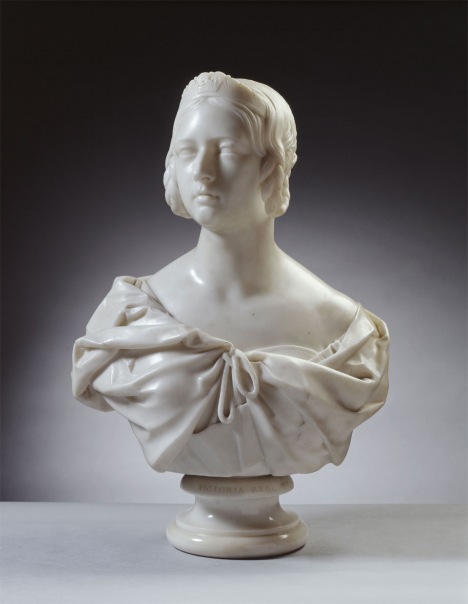
In the first major exhibition dedicated to sculpture produced during the 19th century, Tate Britain aims to show how those works of art were intertwined in every aspect of Victorian life.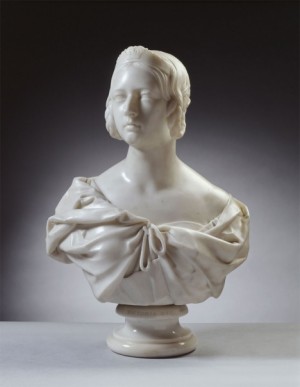
Queen Victoria’s reign was the Golden Age for British sculpture – in fact, there were more public statues erected during the Victorian reign than in any previous age. From public figures in towns across the country and statues of the Queen all around the Empire to small scale busts of Victoria at people’s homes, the 19th century was the time when this area of art was spreading rapidly. Sculptors allied technical novelty with iconographic innovation, mixing great artistic design with manufacturing in order to promote Britain as an industrial powerhouse. Starting from the image of Victoria in marble busts, through the influence of the classical world and finishing with a magnificent large-scale sculpture of Elizabeth I and Philip II caught in a game of chess, Sculpture Victorious exhibits original pieces from Victorian politics, industry and empire, in order to show the beauty and integrity of Victorian sculpture.
This is a stunning exhibition that showcases the creativity and immense talent of Victorian sculptors Francis Chantrey, Alfred Gilbert, Frederic Leighton, and James Sherwood Westmacott, to name but a few. Some of the works are so exquisite that it’s hard to comprehend how they were created with such mastery and attention to detail, even from today’s perspective. One of the gems of the exhibition is undoubtedly Raffaelle Monti’s Veiled Vestal, which captivates the viewer with the great technical skill demonstrated in rendering the transparent veil of the Vestal in marble. The room dedicated to Great Exhibitions boasts some more impressive works, including the silver and gold Outram shield, which unites sculpture and metal work, Paul Comolera’s beautiful sculpture of a peacock in bright lead glares, conveying the bird’s brilliance, and Longmore and Henk’s large, coloured earthenware elephant that overwhelms with its ingenuity and brilliance.
Sculpture Victorious presents an opportunity to view pieces rarely exhibited, and offers a unique look into Victorian society, the way it functioned and the culture that defined it. What makes the exhibition stand out is the fact that it not only displays a selection of Victorian sculptures, but above all puts them in a context where we can all appreciate them.
Lyubomira Kirilova
Sculpture Victorious is at Tate Britain until 25th May 2015, for further information visit here.


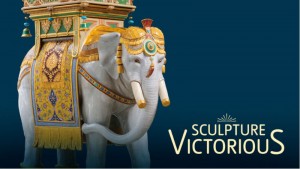


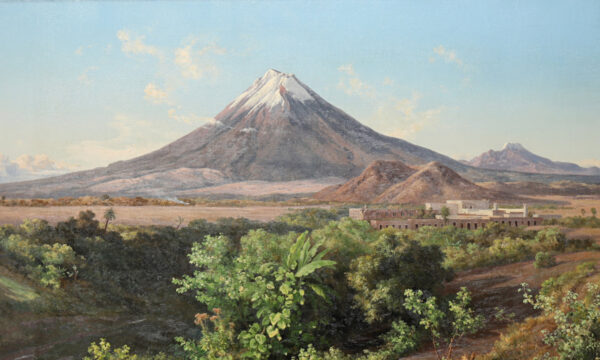
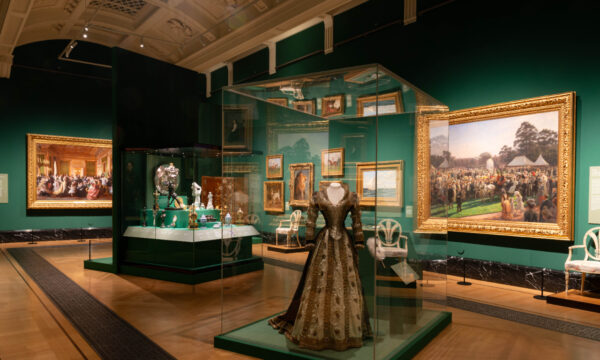
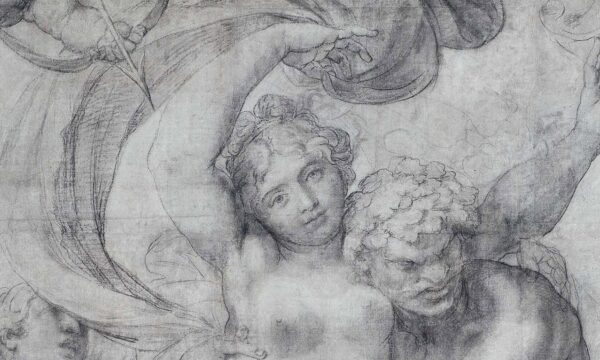
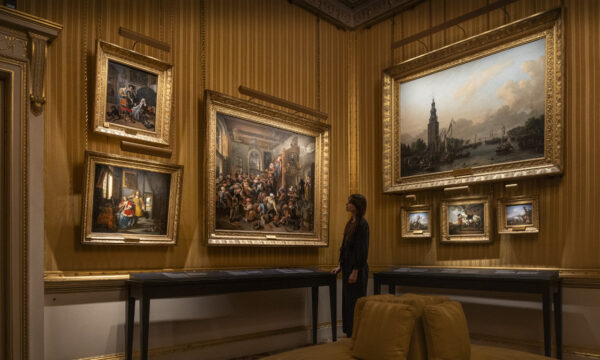
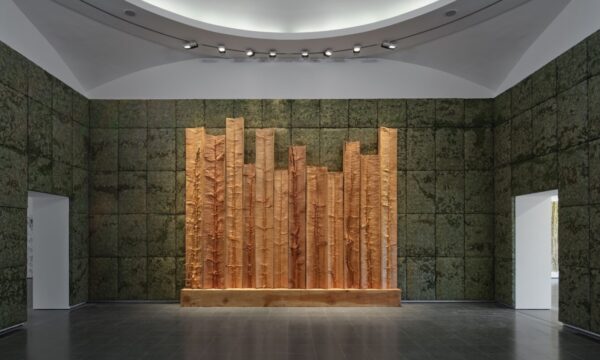
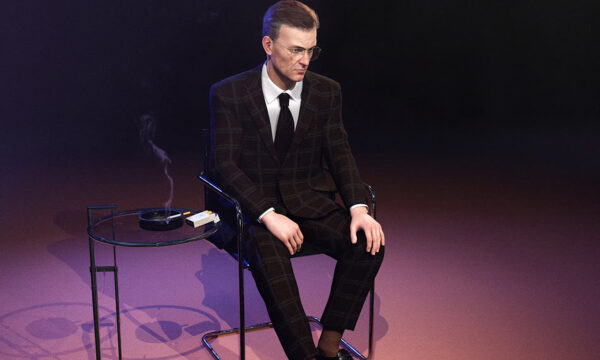
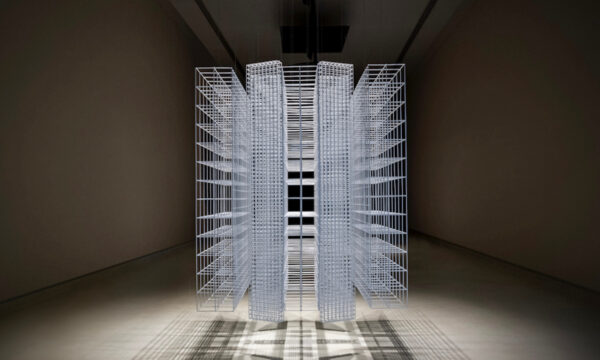
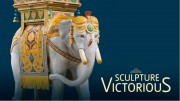
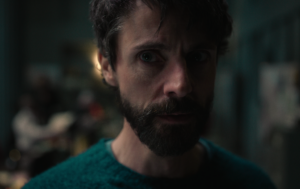
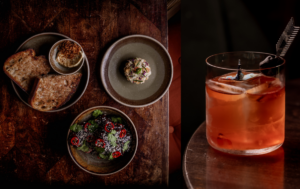
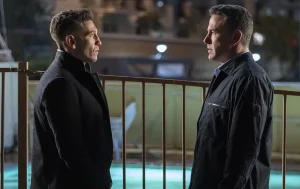
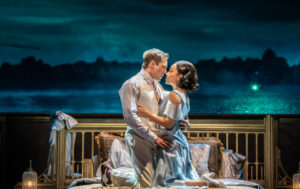
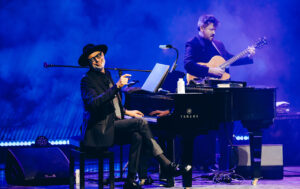
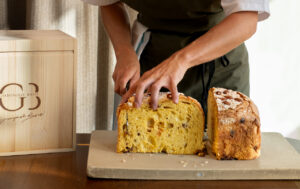

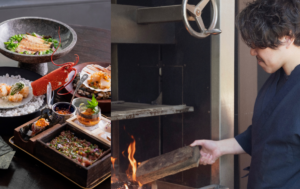



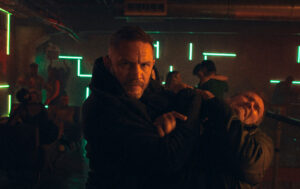
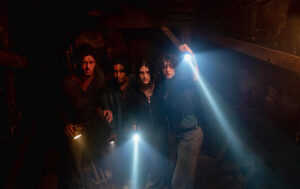
Facebook
Twitter
Instagram
YouTube
RSS